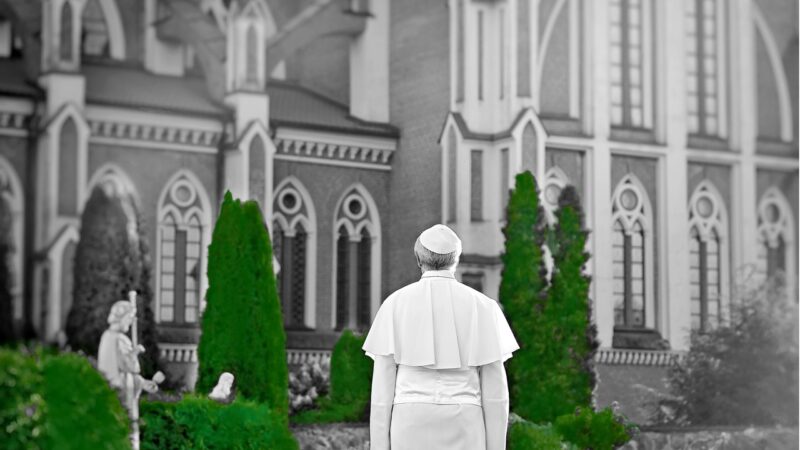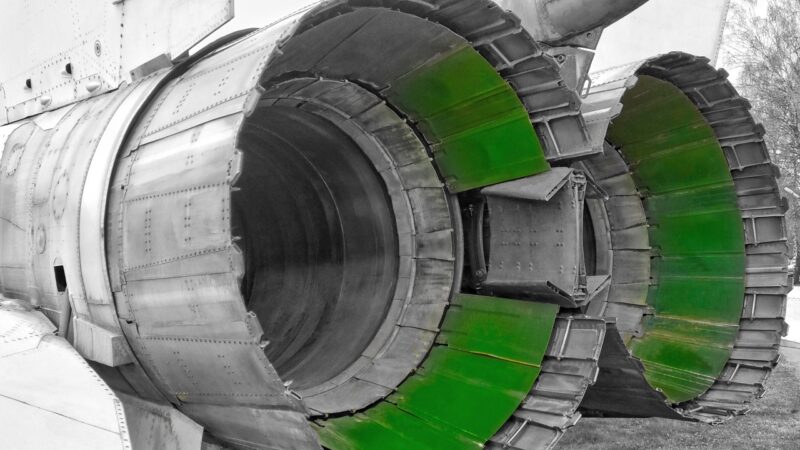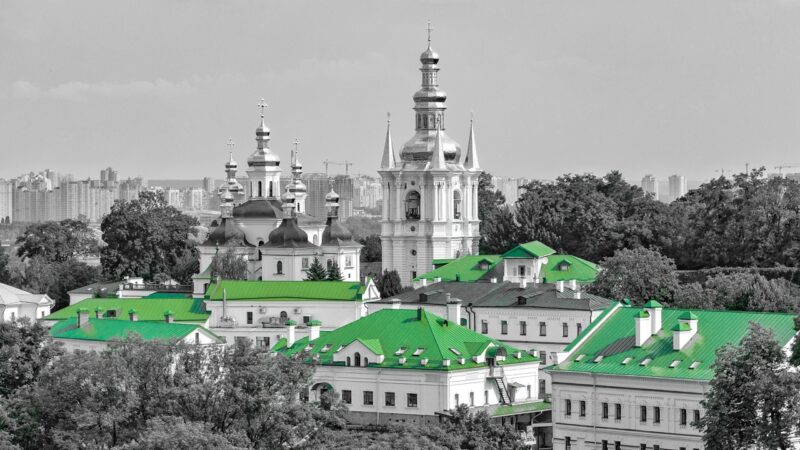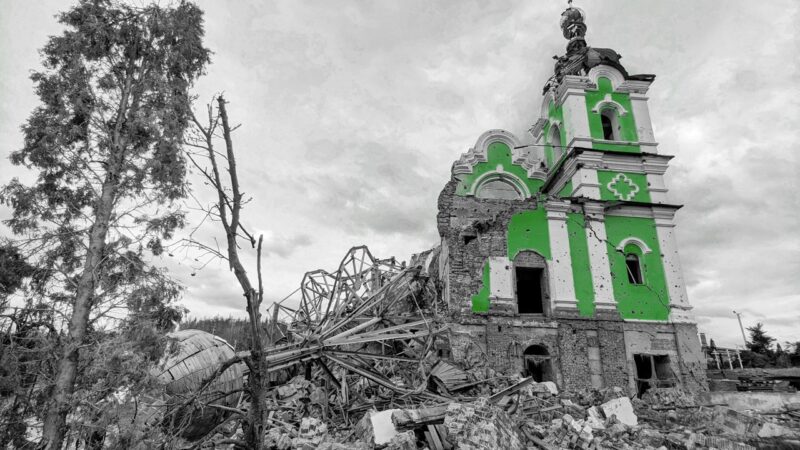An unstable foundation: Russian morale problems in the Russo-Ukrainian war
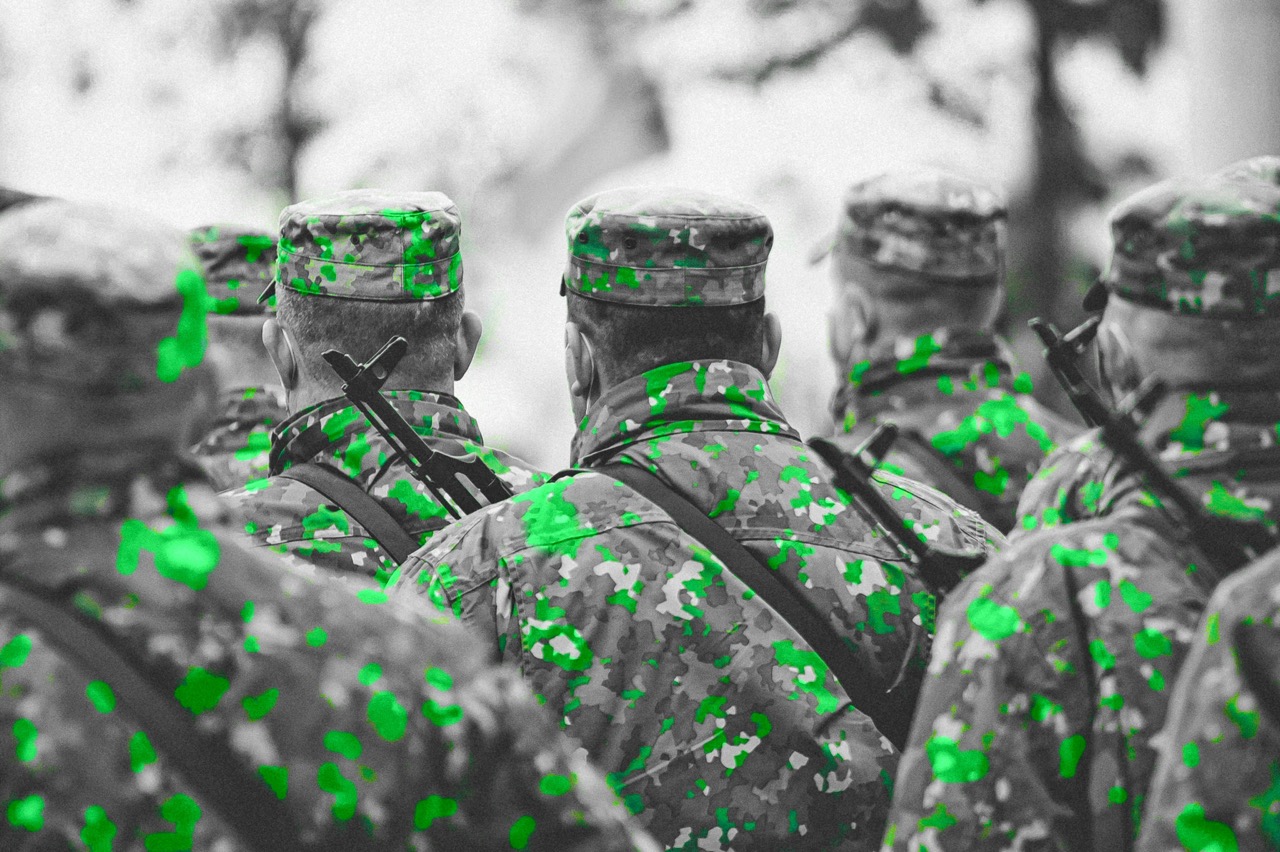
Most analyses of the Russo-Ukrainian war have been pessimistic about Ukraine’s chances at the two-year mark of the full-fledged invasion phase of the war. These analyses typically emphasize the increasing material and numerical differences between the Armed Forces of Ukraine and the Russian Armed Forces, which has fully mobilized its economy for war production. This advantage is not an inconsiderable factor, and Ukraine has been left particularly wanting for arms and equipment due to delays from the United States and the European Union.
Russian advantages
Russia possesses not inconsiderable advantages in its struggle against Ukraine. On 15 December, in his end-of-year address to the Russian people, President Putin noted that “there are 617,000 people in the conflict zone.” While this is significantly more than Ukraine’s intelligence estimates, even its lower number of over 420,000 soldiers on Ukrainian territory is problematic, given that Ukraine is experiencing personnel shortages. Furthermore, Russia’s economy, particularly in the production of war materials, is on a full wartime footing. The vast territory of Russia, and the hesitancy of Ukraine’s backers to provide it with the long-range strike capabilities to challenge this production, mean that Russia can focus its strikes on Ukrainian infrastructure—with Ukraine being unable to effectively reply in kind. Thus, from Russia’s perspective, the material factors of the war are in its favour.
Furthermore, external support for Ukraine appears to be waning. Russia likely did not expect the broad support Ukraine received in 2022; its annexation of Crimea in 2014 only engendered weak economic sanctions. Most analysts also agree that Russia expected the war to be relatively brief. International support for Ukraine would not have been considered in its assessment of the conflict. The Ukrainian people’s continued resistance, however, rallied international support, which has proven vital for Ukraine’s ability to resist Russian aggression.
Unfortunately, that international support for Ukraine has been declining in recent months. The failure of the 2023 summer counteroffensive made Ukraine’s international supporters pessimistic about the country’s prospects. Despite French President Macron’s blustery rhetoric that European countries cannot rule out committing their own armed forces to Ukraine, such a move looks unlikely and is an outlier. Meanwhile, the US and EU—the two groups that arguably provided the most support to Ukraine in the initial phase of the conflict—are both providing less support in the face of domestic concerns over the war. A key American aid package for Ukraine remains stuck in the US House of Representatives due to Republican opposition. While this is a material problem for Ukraine, it also negatively affects its morale as well.
Western countries rallying around Ukraine have played a crucial role in maintaining morale, demonstrating that they are not alone in this conflict. Russia now seeks to undermine international support for Ukraine by doubling down on the intractable nature of the war. In doing so, Russia seeks to set the cost of victory for Ukraine at such a high level that the international community will withdraw its support. Unfortunately, based on the attitudes of certain elements of the Republican Party in the United States and their holding up necessary aid for Ukraine, this strategy is bearing fruit. It has also allowed Moscow to return to attritional warfare.
The attritional approach to the war fits within Russia’s strategic culture and doctrinal principles. Russia’s initial approach to the conflict attempted to apply manoeuvre-based tactics to eliminate Ukraine’s ability to resist. This method, for various reasons, proved to be a failure and caused Russia to return to a strategy it is much better suited to prosecute. While attritional warfare has fallen out of vogue in Western military thought, it is important that we consider not our own perspective on strategy but rather that of Russia.
Russian practitioners consider Aleksandr Svechin to be Russia’s preeminent theoretician on matters of war, with his esteem approaching the same level domestically in which Western officers hold Carl von Clausewitz. Svechin’s approach to war was quite detailed, straddling the boundaries between Jomini’s practical approach and Clausewitz’s more philosophical approach. Specifically, one of Svechin’s approaches emphasizes the role of the state in mobilizing superior resources to defeat the enemy force and isolating their opponent politically. In this regard, Russia is following the principles outlined by Svechin in Ukraine with relative success.
Undermining Russian morale
Undermining morale is a relatively sound strategy, except for two factors that play into one another: the role of friction in warfare and Russia’s own problems with morale. This strategic approach is only viable so long as Ukraine acts in the way that Russia expects it to in the foreseeable future. Additionally, this approach only works if Russia can keep the purpose of the small-scale “exhaustion battles” in perspective. Both Russia and Ukraine have failed to do so in a few instances during this war. In the case of Bakhmut, Ukraine first lured Russia into a battle for territory of minimal immediate tactical and operational utility that severely exhausted Russian forces and resulted in excessive casualties. These casualties, which disproportionately affected the Wagner Group, played a role in the abortive Prigozhin revolt in June 2023, arguably one of Putin’s greatest moments of vulnerability. Ukraine later fell into the same trap as Russia in attaching too much value to a symbol with minimal tactical or operational value, but Russia had failed to learn the lesson of Bakhmut. In the recent Battle of Avdiivka, Russia suffered severe casualties disproportionate to the military value of the city. The number of casualties is closely guarded by both parties; one Russian military blogger, Andrey Morozov, put the number at 16,000 casualties and over 300 vehicles—significant losses by any count.
The aftermath of Morozov’s report on numbers of Russian casualties reveals Russia’s second vulnerability: morale. Morozov’s credentials as a Russian nationalist are hard to refute, given that he was a vocal supporter of the war in Ukraine and fought in the Donbas in 2014 in support of “secessionist forces.” Within days of making the post, however, Morozov claimed he was forced to remove it (not identifying who made him do so) and allegedly died by suicide. In the days preceding his death, other Russian bloggers denounced him as a traitor for posting information that went against the Kremlin’s official narrative of Avdiivka being an outstanding success. The visceral reaction by fellow Russian nationalists to Morozov’s reporting on Russian losses, as well as what appears to be a Kremlin directive to remove his post, is demonstrative of the fragility of Russian morale, particularly on the home front, relating to the war on Ukraine.
Russian morale has gone through several permutations over the course of the war, and the fluctuations are demonstrative of its fragility in comparison to Ukraine’s resolve. At the start of the war, Russia’s morale on the home front was, by most indications, quite high. Accurate polling information is admittedly hard to get due to the lack of independent journalists in Russia, but unquestionably support was initially high. Once the nature of the war became clearer, however, and the number of Russian casualties in the conflict became undeniable, there was a downturn in support. Even the official numbers for the war indicate waning support, and that most Russians oppose a second mobilization. While people may claim that they support the war, the growing distaste for the war is seen in the unwillingness of individual Russians to make the sacrifices needed to guarantee victory. This unwillingness combined with the desire for victory was likely a factor in the visceral reaction to Morozov’s report on the losses at Avdiivka.
The unwillingness of Russians to accept losses from the war also explains Russia’s efforts to minimize the effect that it is having on ethnic Russians, and specifically those near the major cities. Putin relies on Russian nationalists as the basis of his support. Since the outset, Russian authorities have tried to minimize the effect of the war on this pivotal base. For example, the partial mobilization in September 2022, when Russia sought to stabilize its lines due to heavy losses, proved highly unpopular. Individuals, particularly those of means, fled the country rather than face mobilization. It was also evident that those who were conscripted had a negative effect on the morale of their immediate friends and family. These soldiers reported inadequate conditions and training that they received and even the lack of basic items such as sleeping bags. The situation was so dire that families had to buy equipment for their loved ones. If an army and state cannot provide necessities for soldiers in the field, the effect on morale can be toxic. The Russian government has gotten better at procuring equipment, but such instances will not be forgotten.
The Russian authorities were not ignorant of these shortcomings and attempted to insulate themselves against the backlash. Thus, the partial mobilization was targeted at areas away from Moscow, St. Petersburg, and other large cities that receive the most media coverage, and instead, the burden fell upon the poorer regions of Russia. The Russian government also specifically targeted the country’s ethnic minorities. The fact that the Kremlin went to such lengths to insulate its political base from the effects of the war demonstrates a recognition that support for the war, while professed to be strong, is actually fragile. This is why Putin was quite explicit in his address to the Russian people on 14 December 2023 that a second mobilization was not needed for the war. It also points to a vulnerability that plays to Ukraine’s advantage the longer the war progresses: Russia’s inability to make the argument to its people that the war against Ukraine is existential (as opposed to optional).
Conclusion
Russia’s strategy for success is simultaneously its own weakness. Ukraine’s armed forces and the Ukrainian people have demonstrated throughout the invasion their willingness to bear the sacrifices needed for success in this war. Although there has been a slight decline in Ukrainian morale as the war has progressed, Russia’s forces and government, as demonstrated by the Kremlin’s actions, do not possess the same resolve or willingness to impose the sacrifices needed for success on their population. Although one cannot ignore the material disadvantages currently faced by the Armed Forces of Ukraine, the country’s supporters, when deciding whether to maintain their support for Ukraine, should focus their analyses on a more holistic approach rather than the materialistic calculus that currently dictates the public narratives.
